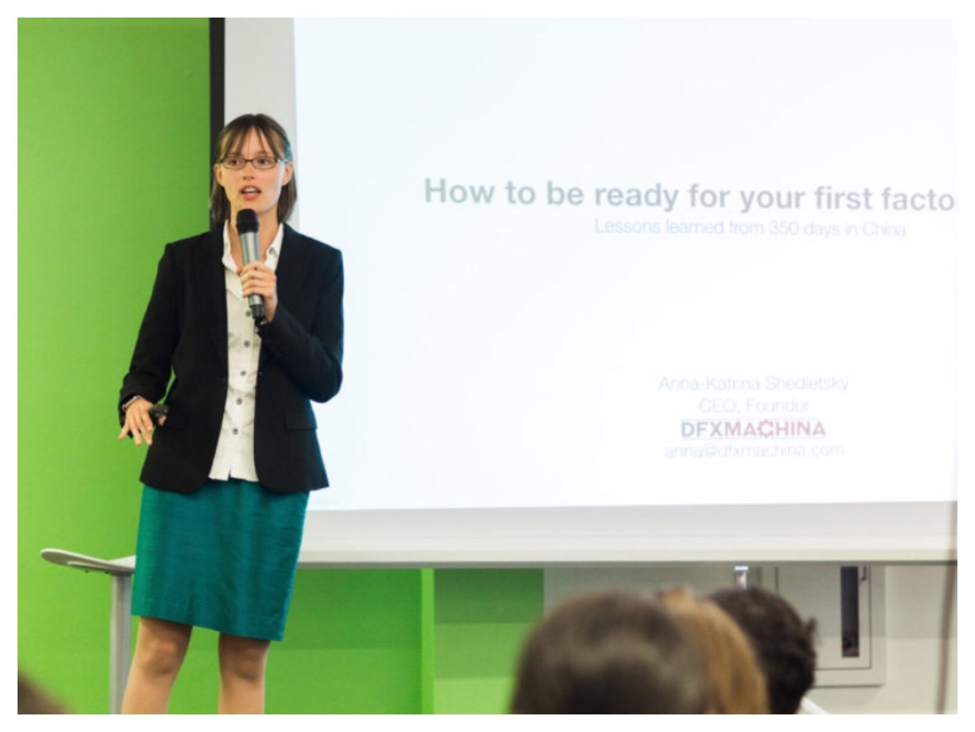I particularly appreciated some of her comments towards the end where, like me, she hopes that the public doesn’t grow to fear factory automation. One of the reasons that I like to write about manufacturing robots in my blog is because it is such an overwhelming positive trend for both business and society in general.
Large Fortune 500 companies that can afford to invest in factory automation are, by far, the minority of job providers. As these large companies automate they will focus on an ever more narrow product band. That leaves more opportunity for the smaller non-automated companies to scoop up the lower volume product lines. Meaning that they have to hire more people.
Are people at large companies going to lose their jobs? Yes. Are smaller companies going to have to hire more people? Yes. This is why it is so important for governments to remove barriers to starting new companies or lowering the tax and regulatory burdens on medium-sized companies. We need them to pick up the slack.
The net result is that everyone pays less for those products which have been automated.
I also enjoyed her clarification regarding the controlled environment that engineers crave. Having spent my entire career in manufacturing I can attest that this controlled environment is always at odds with the freewheeling wild west that actually occurs out on the plant floor. Watching these two groups is like observing a married couple where one is a slob and the other an OCD neat freak.
Why Tesla Is a Risky Bet
Anna also spoke some about the science of building quality products at scale. This is not an Apple-specific process and is one that I’ve observed at the various companies I’ve worked at. It involves “soft tooling” or fine tuning your one “golden line”. Once the process engineers sign off that your master line can produce X number of units per hour without quality problems, the manufacturing group is off to the races with the ramp up. This is how world class manufacturers do business. You take the time to get things right before you fire up countless lines that start churning out junk.
Even I, with my low expectations of Tesla, was surprised recently to see the headlines that Tesla (TSLA) had decided to skip the step of fine tuning their Model 3 production master line. Why? Because they are behind schedule. So Elon Musk has decided to skimp on quality to make up the difference. This is why Tesla will eventually run into quality problems en masse with their Model 3. Tesla’s problems ultimately flow down from the top.
Tesla has weakly pointed out that Audi has skipped the golden line step and had some success with it. But Audi is a world class manufacturer and Tesla is not. And no one else in the auto industry has dared to follow Audi’s example. Further, Tesla's claim that they didn't get much from their previous master line can't be taken seriously. That's like saying that we don't need a Department of Homeland Defense because terrorist attacks happened anyway. It is hard to quantify all the issues that you did prevent by doing the master line and Tesla should have spent more time in validation, not less. Elon Musk is simply trying to placate investor fears by making that statement.
Tesla will forge ahead with setting up all their lines before ironing out all their manufacturing issues. If the lines need to be re-configured or various pieces of machinery need to be swapped out, it’ll have to be done at a large scale. This will mean longer delays and much higher costs than if they had just done things right from the beginning.
This is part of the reason why I wrote The Tesla Bubble. The stock has been going up and up all year because investment firms and pension funds are trying to ride the momentum. But anyone who takes a closer look at this company can see it’s riddled with problems. Some of which haven’t fully emerged yet.




 RSS Feed
RSS Feed